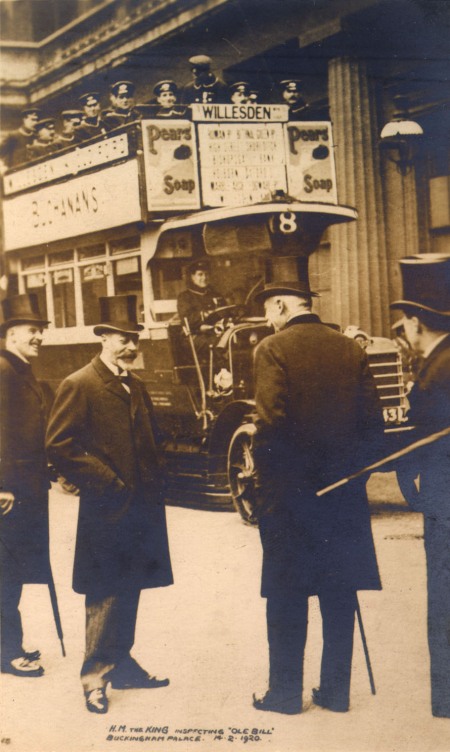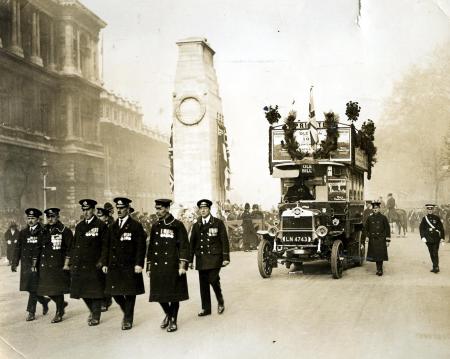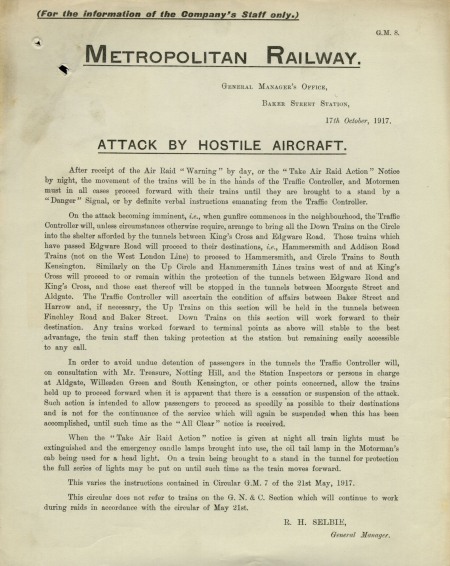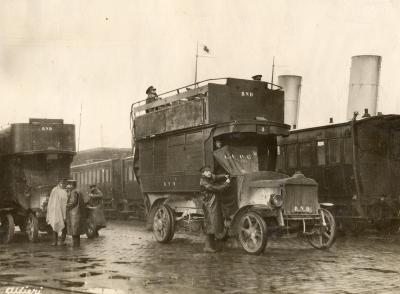Last week the Museum team made a reconnaissance visit to the Somme to plan out the route for our First World War ‘Battle Bus’ (B2737), which will be revisiting for the centenary of the Battle of the Somme next year. We worked our way down the rolling hills of the Somme following the jumping off points of the opening attack on 1st July 1916.

Our mission south from Gommecourt to Marincourt was to identify points of departure and arrival for the bus – villages with space to park the mobile display vehicle and offer short trips on the bus and key points at which we could understand what happened one hundred years ago. For example, in the Sunken Lane beneath the Redan Ridge we could arrive by bus, see shots of the ’Battle of the Somme’ film with soldiers in the lane waiting for the attack and the mine being exploded under the Hawthorn Redoubt, read personal accounts from individual soldiers and get a sense of the lie of the land. What was harder to work with was the contrast between the leafy rural landscape today and the blasted and dangerous trenched landscape of 1916. At key points the photographs and diaries help piece together what was the worst single day for the British Army, with over 60,000 casualties sustained.
This was brought home poignantly to us when we attended the reinterrment of three soldiers whose bodies were uncovered recently by road works. After 99 years, these three men, two unknown, one from the Royal Irish Rifles, another from the Cambridgeshire Regiment, and the third identified from his dog tag as Sergeant David Harkness Blakey MM of the Royal Inniskilling Fusiliers, had lost their lives in the attack on Thiepval on 1st July 1916 were buried with full military honours in the CWGC Connaught cemetery. In warm autumn sunshine, surrounded by their families, local dignitaries, current members of their regiments, and with the respect of a fusillade, the Last Post and a piper’s lament, they were finally laid to rest alongside so many of their comrades who had also lost their lives on that dreadful morning so long ago.
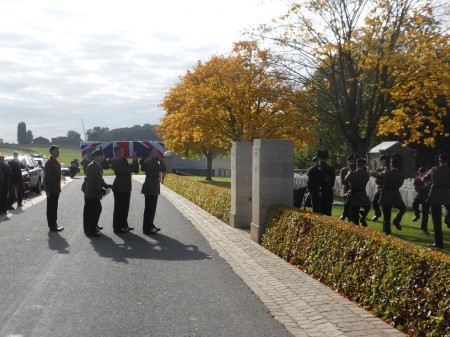
Our bus tour next year will culminate in the centenary commemoration at the Thiepval Memorial on 1st July. Lutyens’ striking arch commemorates the 72,195 soldiers who have no known burial on the Somme. We are honoured to be included in the official commemoration and look forward to our bus and exhibition offering a fresh insight on a key national story.
Sam Mullins, London Transport Museum Director





